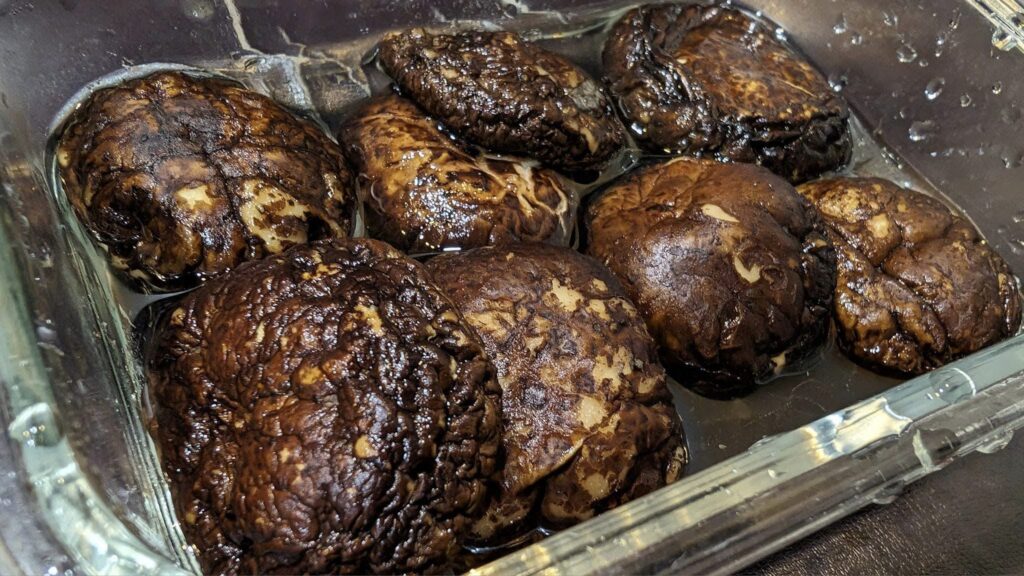There are three main types of umami: Glutamic acid, Inosinic acid, and Guanosine monophosphate
The most common ones are: kombu, bonito, and shiitake mushrooms
Of course, there are still many things that can correspond, such as various vegetables, meats, and mushrooms, but those three major ones were the first to be discovered for supporting evidence.
Inosinic acid and guanosine acid will change the taste receptors on the tongue, allowing the tongue to better detect the presence of glutamic acid; just like when we eat watermelon, sprinkling a little salt will make the watermelon taste sweeter. The three principles are similar. This umami substance is a synergistic multiplicative effect, expressed as a multiple of the internal content. This is why chicken soup (inosinic acid) plus shiitake mushrooms (guanylic acid) will appear more delicious when stewed together.
If you add ingredients with a lot of glutamine at this time, such as clams, scallops, onions, etc., the synergistic effect will sublimate the soup to the ultimate deliciousness.
The most common question everyone has is whether to buy fresh or dried mushrooms, because the price difference between the two is huge. It depends on where you want to use them!
If you are making soup, you must use dried mushrooms. The main reason is that they are refined over time to concentrate the umami flavor, just like the price difference between fresh pork and bacon.
There is a large amount of guanylic acid in the wrinkled surface layer on the inner side of the mushroom cap, and there is an enzyme that decomposes guanylic acid in the surface layer above the mushroom cap. However, it should be noted here that the enzyme that decomposes guanylic acid is medium to weak. In an alkaline environment, as long as it exceeds 40°C, it will become necrotic. That is to say, as long as it is heated above 40°C, this decomposing enzyme will be destroyed.
Therefore, before we prepare food, we must first soak the dried mushrooms in cold or room-temperature water with the wrinkled side down, so that the mushrooms can fully absorb water and allow the enzymes to work properly.
Don't be too clever when soaking in water. Use hot water to quickly absorb water and soften it. Then heat it to above 40°C when making soup. This will allow the enzyme that makes guanylic acid to fully exert its effect and obtain a large amount of guanylic acid. Dried shiitake mushroom stock.
This is the main reason why every cooking show will tell you not to throw away the mushroom water, because the bowl of water is full of うま flavor.
Cooking is actually a science. As long as you understand the tricks, everyone can use simple ingredients to make a variety of delicious dishes, so making a cup of delicious chicken soup is really not difficult!
This website does not have those annoying ads that block the webpage and hinder reading!
If you think the article I wrote is helpful to you, could you please fill in a Questionnaire, allowing me to better understand everyone’s needs and write more high-quality content.

